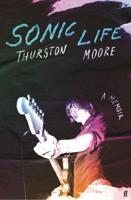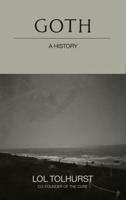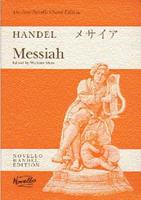Publisher's Synopsis
Although the bibliography of literature about personalities in the conducting world is extensive, a comprehensive, scholarly study of the history of conducting has been sorely lacking. Georg Schünemann's respected study, published in 1913, was brief and restricted to the procedures of time-beating. No work has attempted to examine the role of the orchestral conductor and to document the evolution of his art from historical, technical, and aesthetic perspectives. Dr. Elliott W. Galkin, musicologist, conductor, and critic-twice winner of the Deems Taylor award for distinguished writing about music-has produced such a work in A History of Orchestral Conducting. The central historical section of the book, which examines chronologically the theories and functions of time-beating and interpretative concepts of performance, is preceded by discussions of rhythm, development of the orchestral medium, and the evolving characteristics of orchestration. Conductors of unusual pivotal influence are examined in depth, as is the increasingly complex psychology of the podium. Critical writings since the time of Monteverdi and the birth of the orchestra are surveyed and compared. Analyses of conducting as an art and craft by musicians from Berlioz to Bernstein and commentators from Mattheson, Bernard Shaw, and Thomas Mann to Jacques Barzun, are described and discussed. A fascinating collection of engravings, wood cuts, photographs and caricatures contributes to the richness of this work.











